The Rites of Wheat and Straw come from the mists of time. Since farmers began to give thanks to the gods of the earth for the success of the crops. They became real community festivals in Roman times, in the middle of summer, when the blonde ears of wheat gave their fruits, an indispensable source of food.
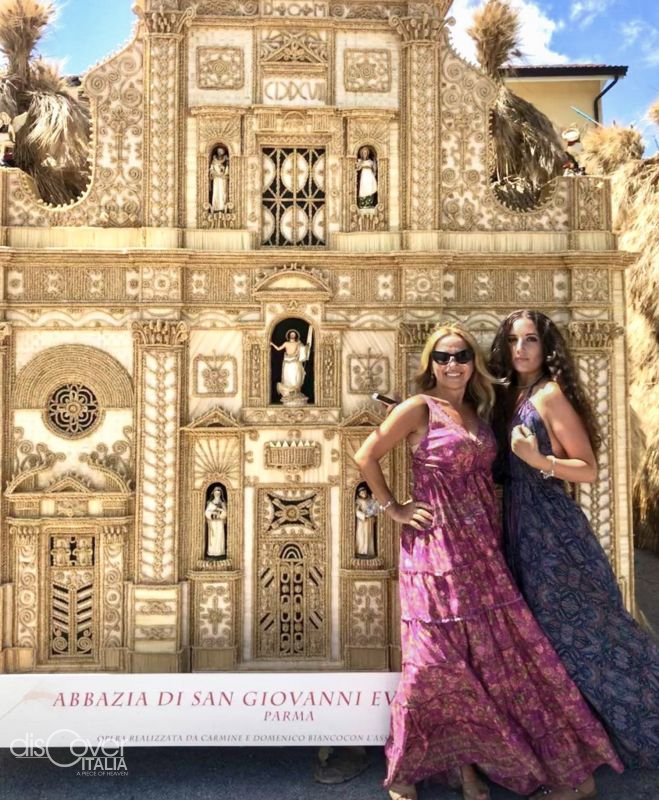 Then they have been handed down from generation to generation over the centuries, also integrating into Christian rituals. A tribute, depending on the country, either to the Madonna, celebrated with various titles, or to San Rocco, protector from plagues. His cult spread strongly in Campania especially after the plague epidemic that severely struck the Kingdom of Naples in 1656.
Then they have been handed down from generation to generation over the centuries, also integrating into Christian rituals. A tribute, depending on the country, either to the Madonna, celebrated with various titles, or to San Rocco, protector from plagues. His cult spread strongly in Campania especially after the plague epidemic that severely struck the Kingdom of Naples in 1656.
The Rites of Wheat and Straw are celebrated in various Campanian Municipalities of Sannio and Irpinia, with two other neighboring towns of Molise, along the Apennine ridge which has been a bridge between peoples and cultures since ancient times. Although they present characteristic elements in different countries, the many commonalities identify them as events of national and international importance. And the Region has nominated them for Unesco Heritage.
FOGLIANISE
It is probable that everything originated in conjunction with the Feriae Augusti, when, together with the celebrations for an entire month in honor of the emperor, the harvest was also celebrated. But the first attestation of a wheat festival in Foglianise dates back to ten years before the discovery of America. Then all the inhabitants of the village moved to a country church on older ruins, to share the Feast of Abundance in honor of the freshly harvested wheat. In 1656 also the people of Foglianise recommended themselves to San Rocco to be protected from the plague and then the cult of the Saint became more and more widespread, consolidating definitively with the arrival of his relics in 1727. It was on that occasion that some girls paraded in procession carrying sheaves. The first structure of woven straw and wheat was a palio in the shape of a bell tower, twenty-five meters high and the work of the various districts. It paraded through the streets of the village on August 16, for the annual feast of San Rocco. The works of straw are connected to the cult of the Saint from the "Book of Cannaruto" of 1730. Gradually, from carts full of ears and intertwined garlands, we moved on to more complex structures, up to the perfect scale reproduction of famous architectures and monuments. Therefore, year after year, the realistic reconstructions made by the skilled builders of the town are placed on iron and wooden structures. The works proceed on carts pulled by tractors or oxen along a traditional route, with the participation of the entire population.
The festival has increasingly evolved and covers a good part of August, since it begins on the 8th, the day of the patron saint San Ciriaco. But the highlight remains the day of the 16th, when the blessing of the carts takes place, at the church of San Rocco. The statue of the Saint, also intertwined with ears of corn, opens the procession on a cart pulled by two oxen, followed by the carts with the other works, as well as historical groups in period clothes and the "tacky" with loaded baskets ears of corn, accompanied by traditional music and songs. After the parade, the statue of San Rocco is placed in the church of Santa Maria di Costantinopoli, while the floats remain on display in Piazza Fiamme Gialle for two days, until the 18th, when the "Ear of crystal" is delivered to the most beautiful float.
SAN MARCO DEI CAVOTI
The delightful village in the Fortore valley, dominated by the Provençal tower and famous for its nougat and crunchy biscuits, is the scene of a festival entirely dedicated to wheat and its culture. The festival takes place every year on the second Sunday of August. The different districts of the town create the picturesque wagons made of ears of corn which parade through the streets of the village. The parade is in honor of the Madonna del Carmine, whose statue precedes the procession with full honors, which ends with a religious celebration in thechurch of San Marco Evangelista.
Every year, for months, the districts are mobilized in the design and construction of the floats. The school also participates to encourage the transmission of wheat processing techniques to young people and the passion for this important community tradition.
Tradition that has its roots in an episode that took place in the eighteenth century. In a year with adverse climatic conditions, after the threshing, the incessant rains that lasted many days prevented the processing of the ears, risking compromising the harvest. The villagers asked for the intervention of the Madonna del Carmine with a solemn procession in the village up to the San Rocco bridge. At that point, the rain stopped and the stream suddenly subsided. Since then, a part of the grain has always been offered in devotion to the Madonna. Later they began to organize a feast, financed by the sale of grain. More recent is the tradition of finely crafted floats, which remains an appointment in which all the inhabitants of the village participate.

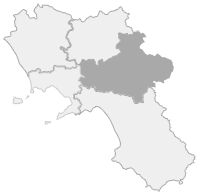
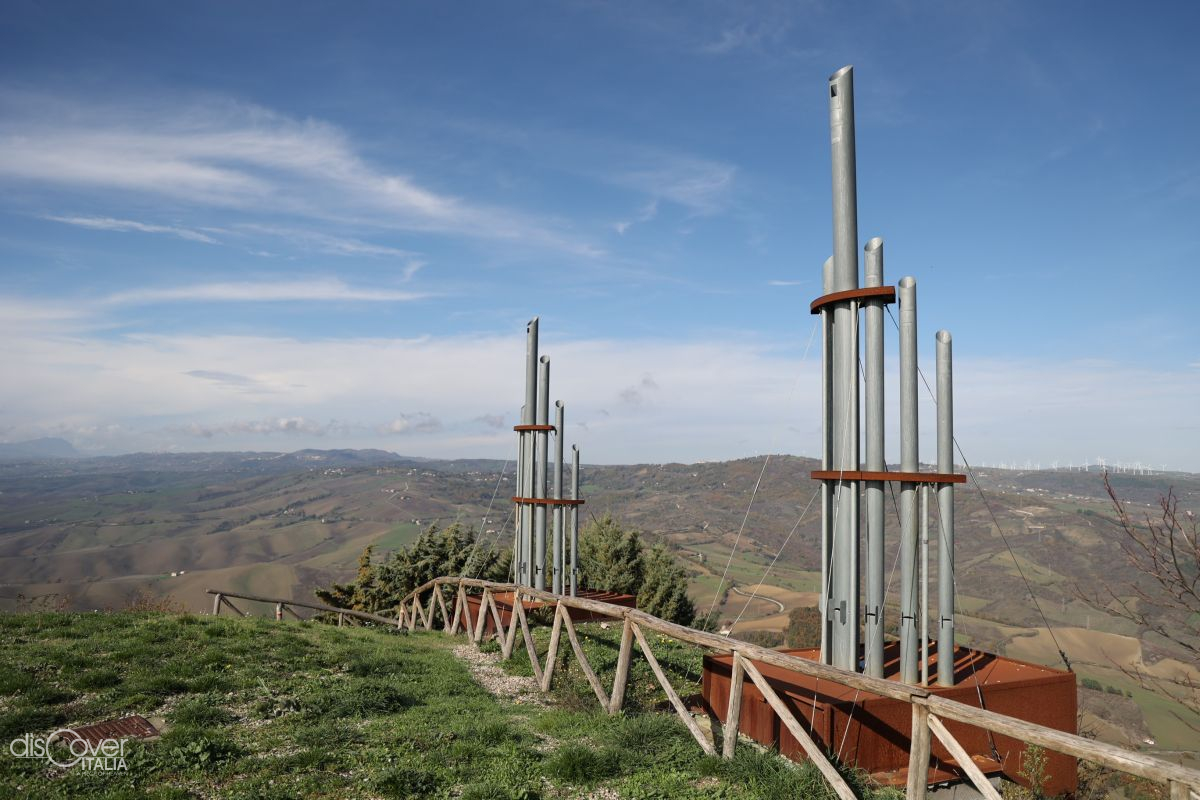
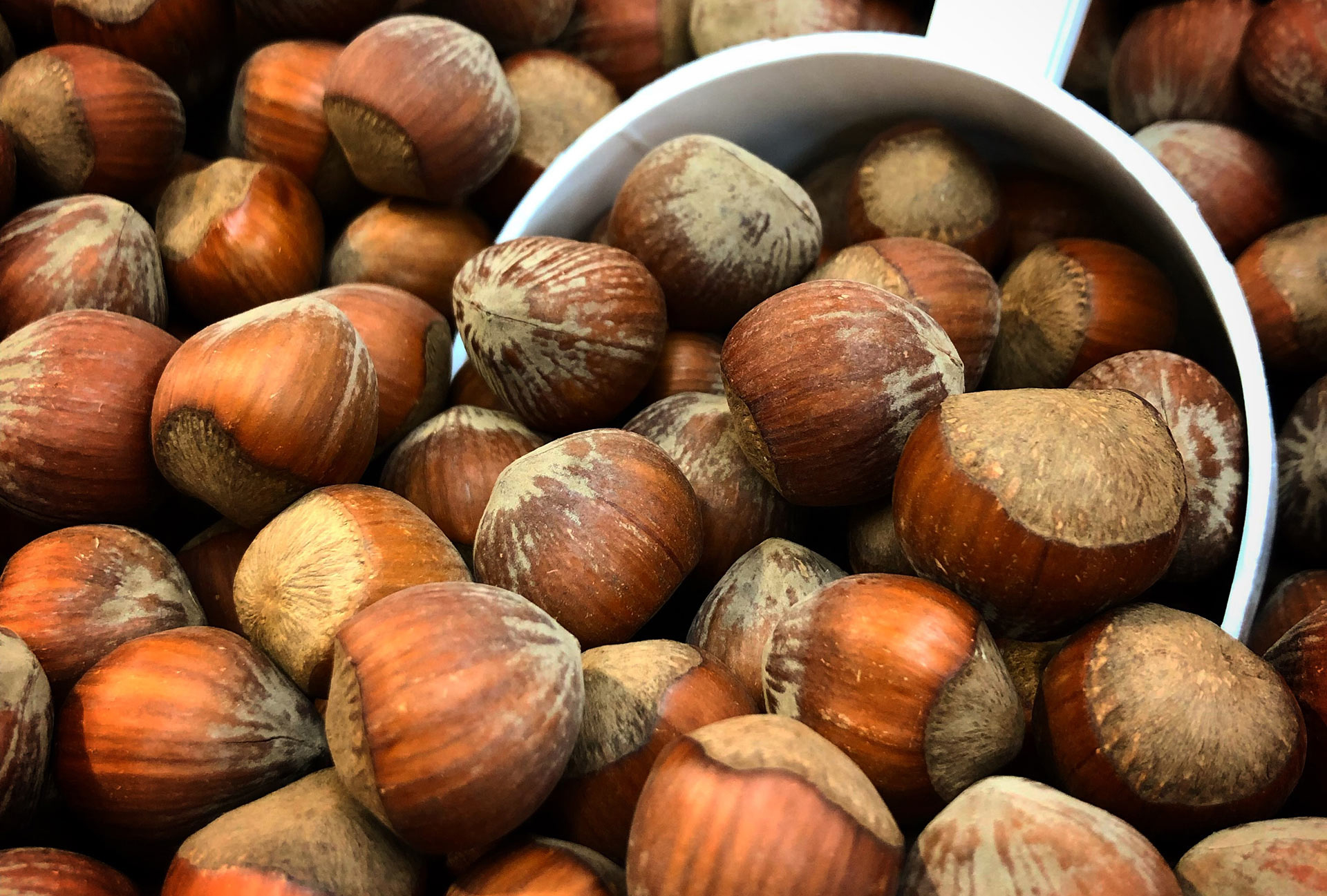


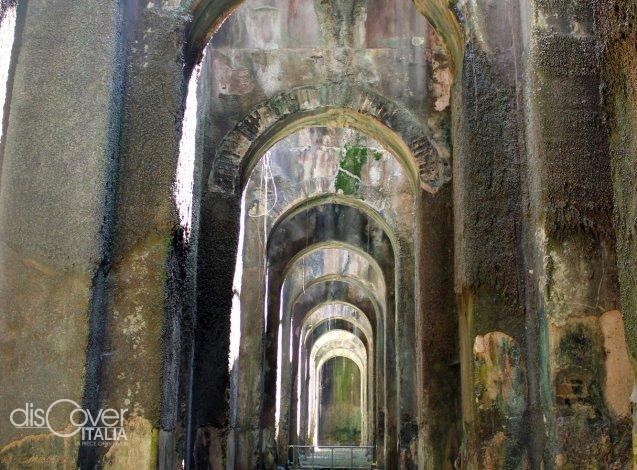
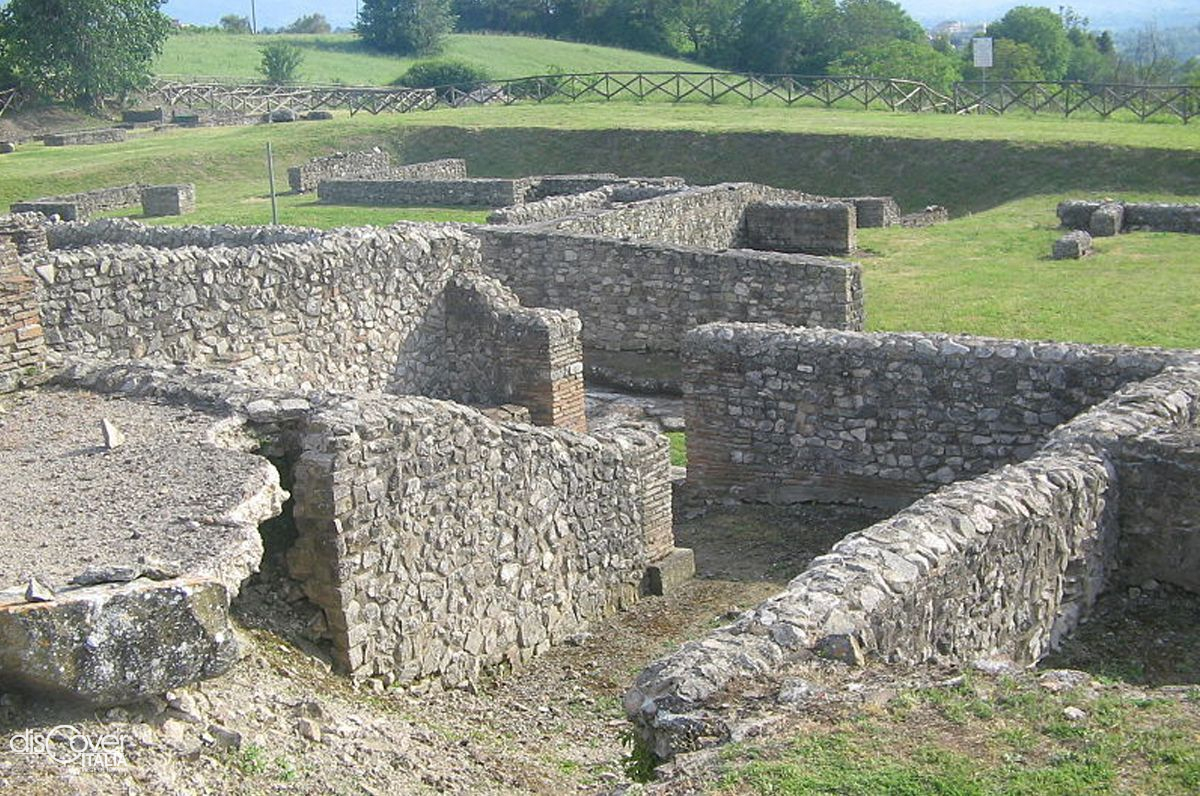
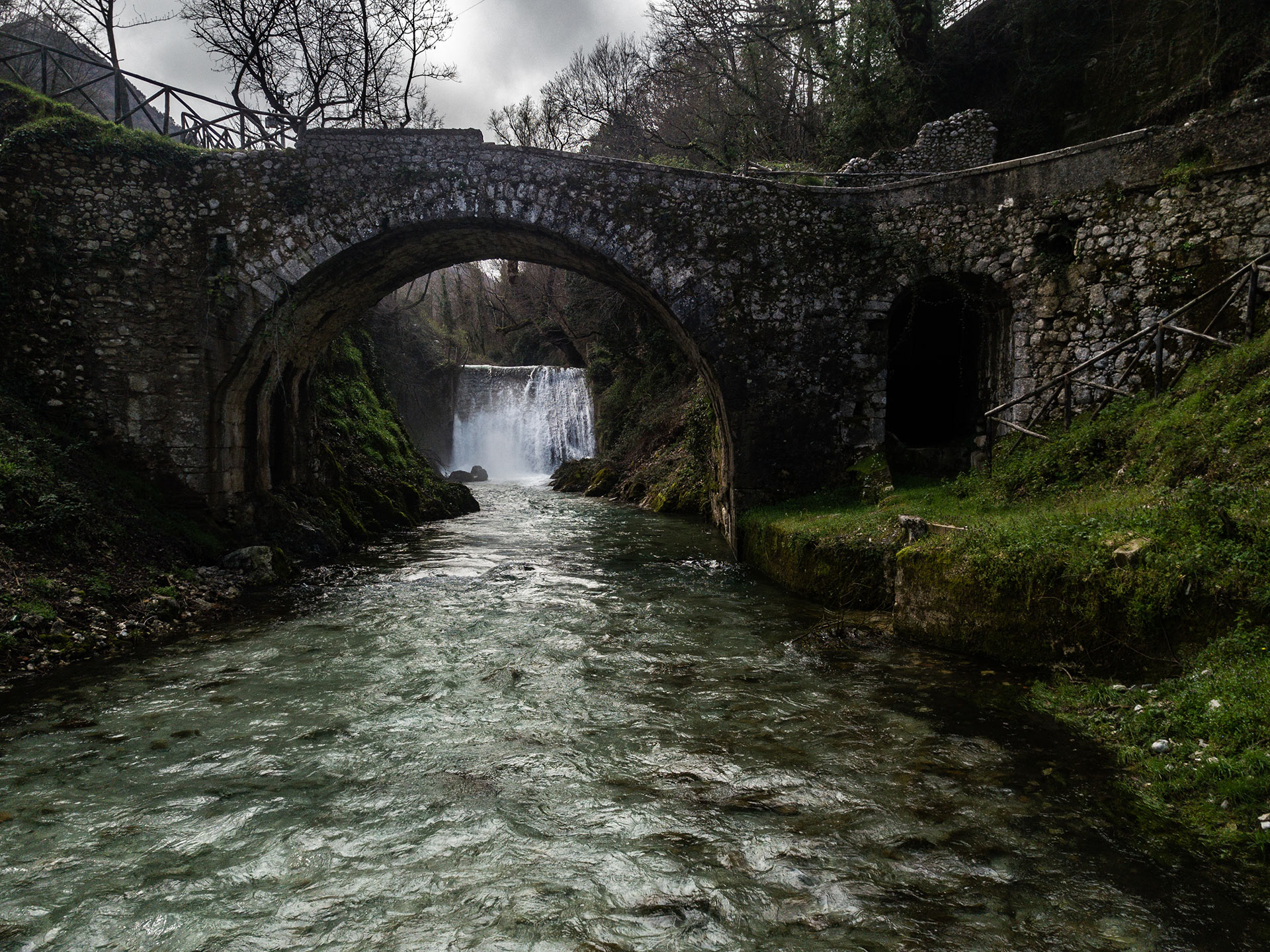
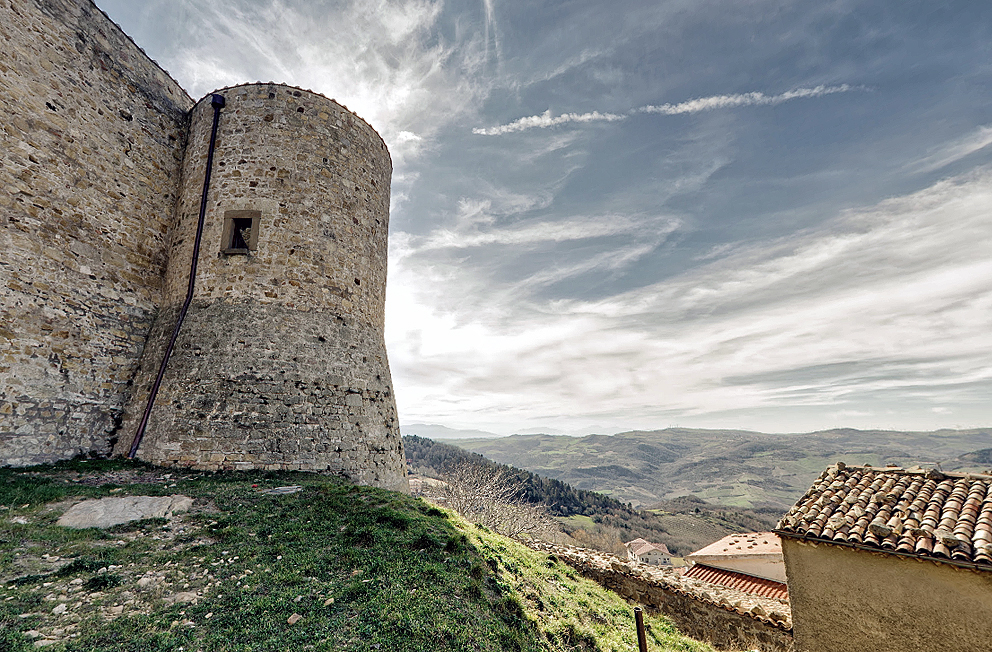
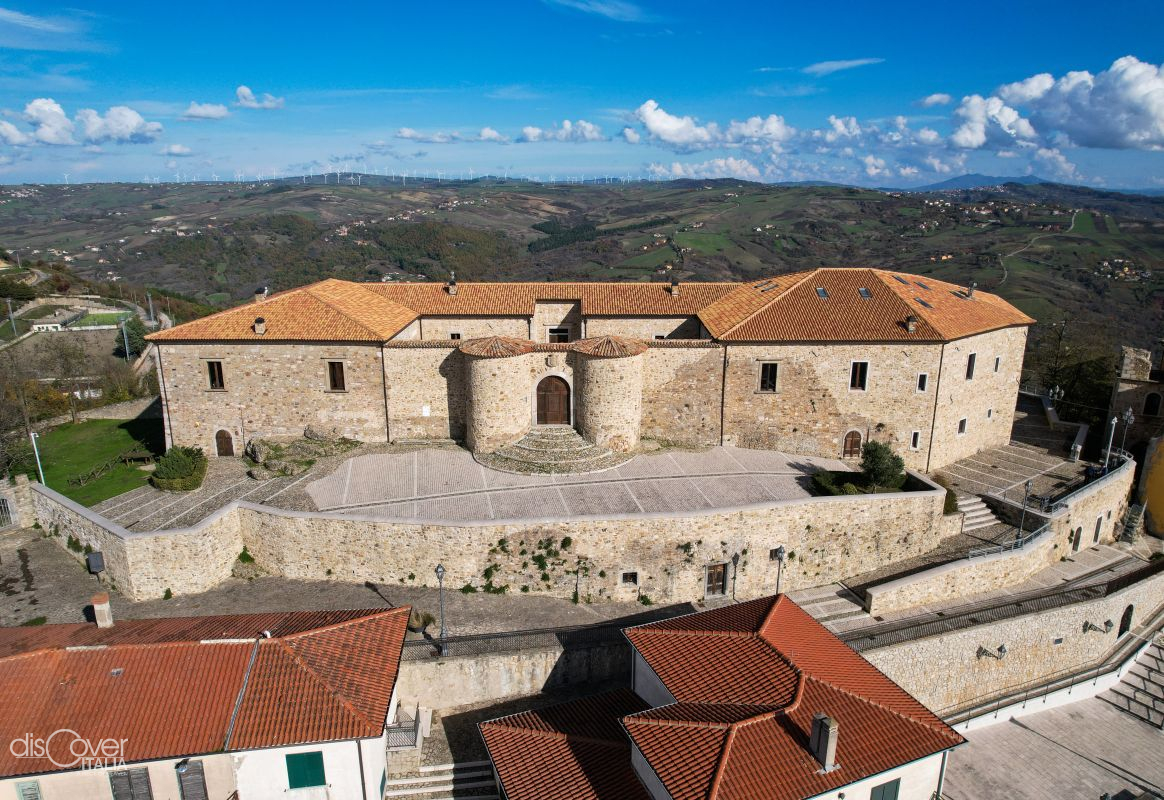

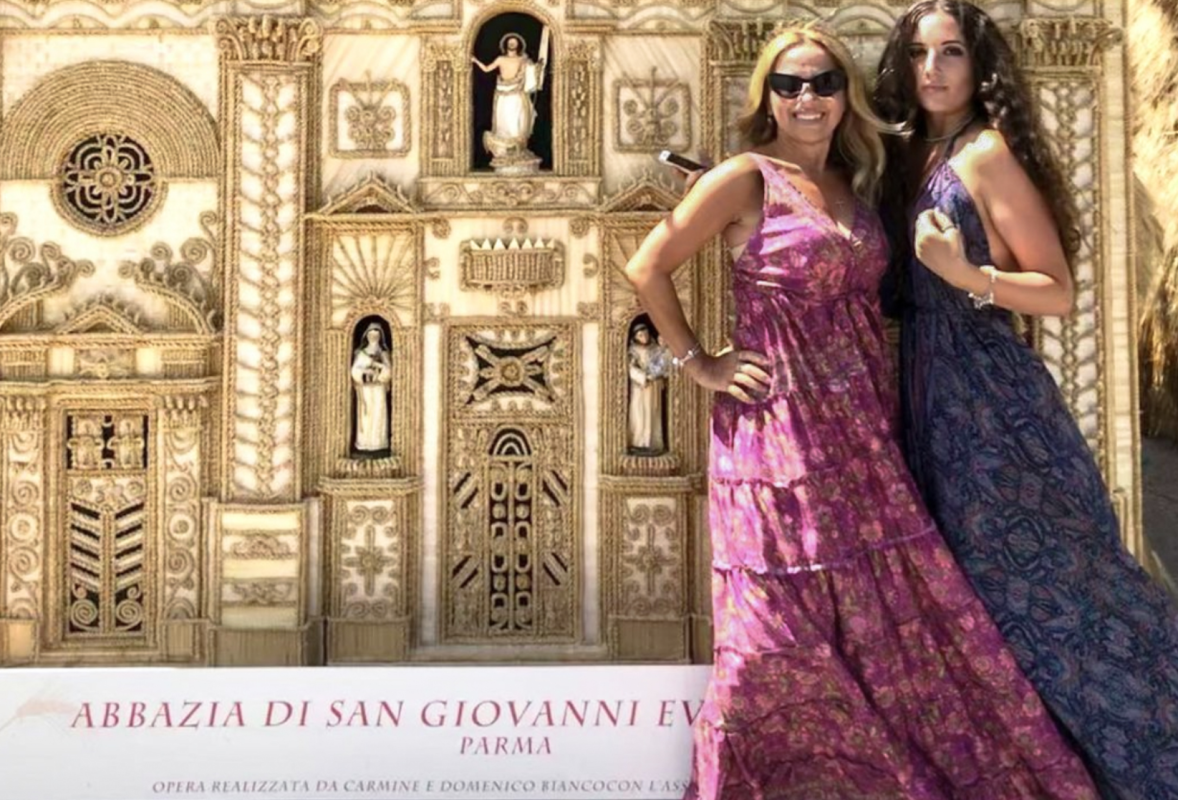


Comments powered by CComment